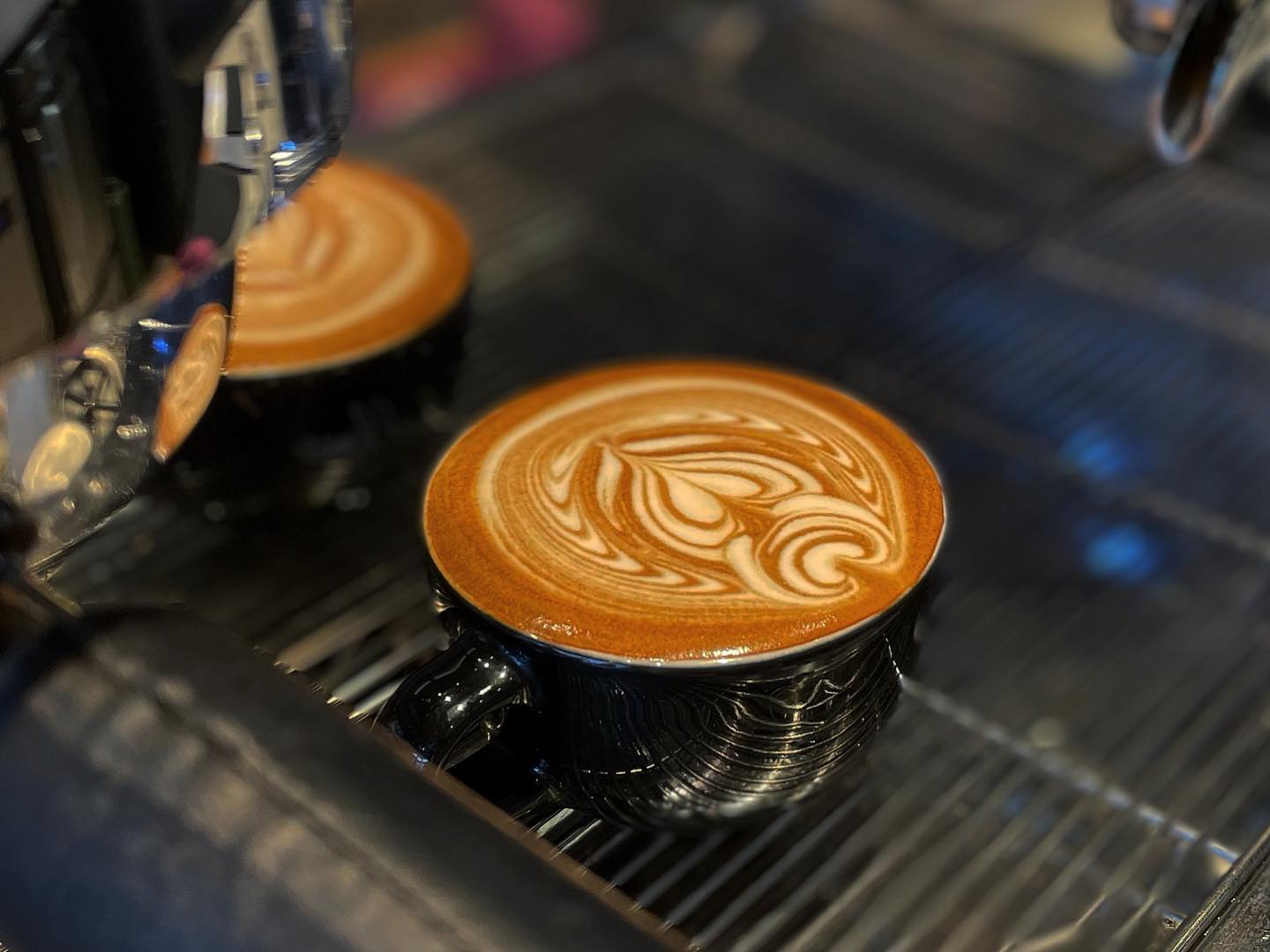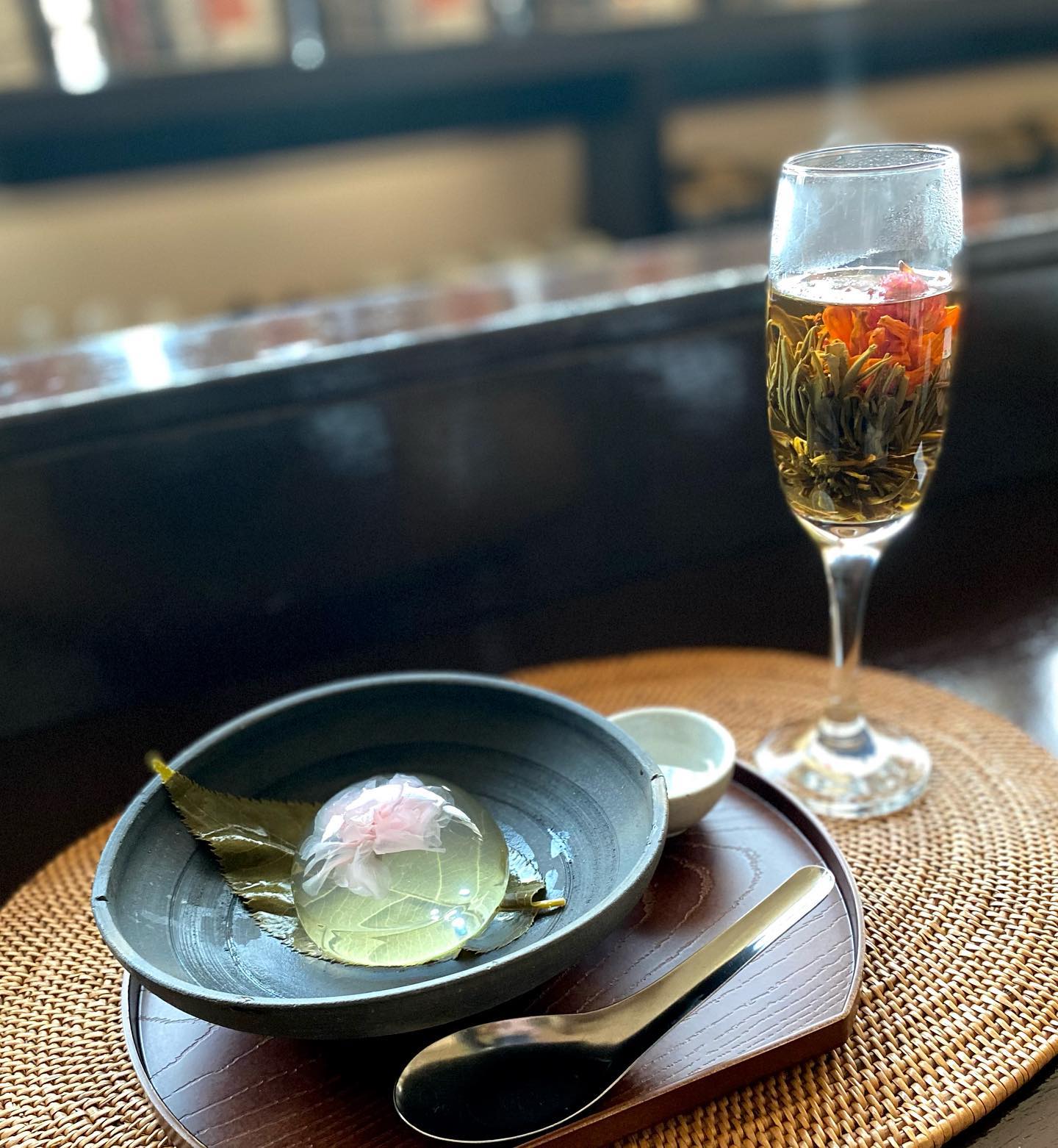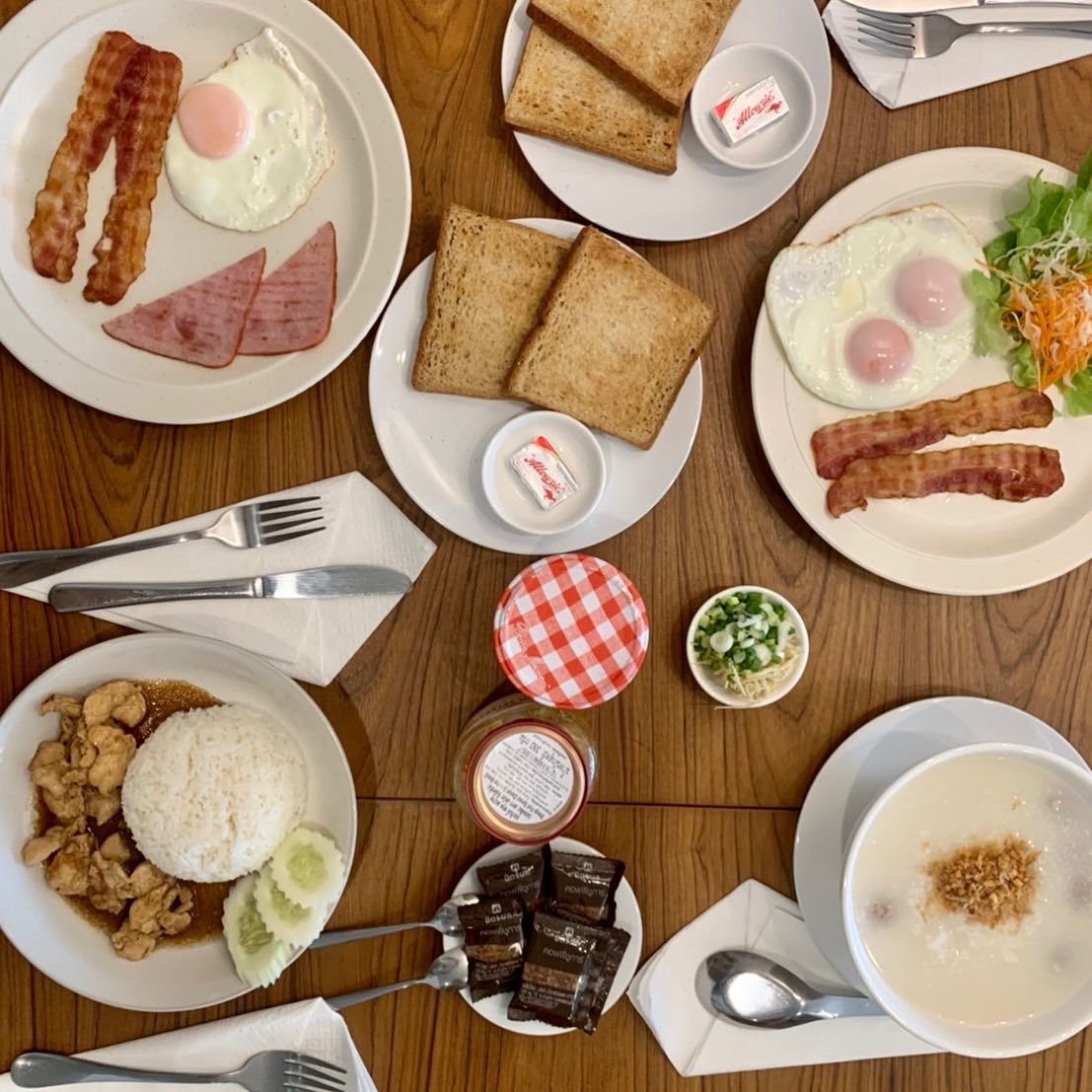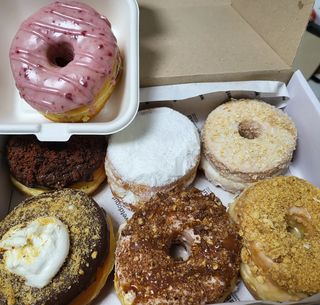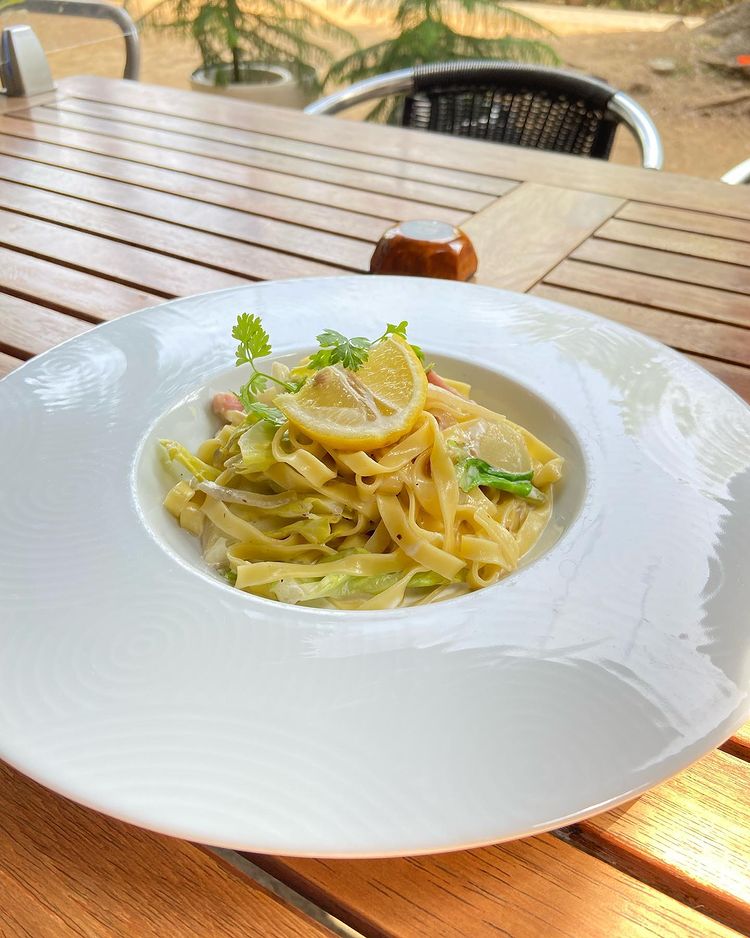Brewing coffee isn’t just a task—it’s a ritual. Whether you’re waking up early for a quiet morning or prepping for a marathon work session, your coffee maker is your best companion. But to unlock café-quality flavor, you need more than just beans and hot water. You need to know your gear, master your brew cycle, and avoid the hidden mistakes that lead to weak, bitter, or overly acidic cups.
From measuring out your ground coffee to deep-cleaning your drip machine, this is your complete, barista-approved guide to operating a coffee maker—the smart way.
☕ Essential Equipment Needed
Before we dive in, make sure your countertop is stocked with the right tools. These aren’t just accessories—they’re essential to a consistent, flavorful brewing process:
- A high-quality automatic drip coffee maker (look for SCA certified models or reliable machines like the AGARO Regency Espresso Coffee Maker)
- Whole or flavored coffee beans
- A reliable burr grinder (for even grind size and rich extraction)
- Paper filter, permanent filter, mesh filter, or stainless steel filter
- A glass carafe or thermal carafe for freshness
- Clean, cold-filtered water or distilled water
- A gram scale and measuring spoons
- Airtight storage for beans
- Optional: steam wand or manual frothing wand for milk-based drinks
🔁 Step-by-Step Instructions for Brewing Coffee
1. Selecting Fresh Coffee Beans
Your coffee is only as good as your beans. Avoid stale coffee beans sold in bulk bins. Instead, opt for fresh-roasted craft coffee from trusted brands like Blue Bottle Coffee or Spro Coffee Lab, or subscribe to a curated coffee subscription like Trade Coffee. Keep your beans in an airtight container to preserve aroma, oils, and flavor.
2. Grinding Coffee Beans
This is where good coffee becomes great. A burr grinder is essential for producing a consistent coffee grind. For drip machine brewing, go with a medium grind size—similar to coarse sand. Too fine, and your coffee may over-extract. Too coarse, and your brew will taste weak.
Expert Tip: Always grind just before brewing. Pre-ground coffee loses aroma and oxidation begins immediately.
3. Pre-filling the Water Reservoir
Flip open the top of your automatic drip coffee maker and fill the water reservoir using cold-filtered water. Never use hot tap water—it contains minerals and chlorine that alter flavor. For areas with hard water, use distilled water to avoid mineral deposits that can clog your machine over time.
4. Correctly Inserting Filters
Choose between:
- Paper filters (great for clean flavor, but can taste papery—rinse with water first)
- Permanent filters (reusable but require proper cleaning)
- Stainless steel or mesh filters (retain more natural oils for a fuller taste)
Place the filter securely in the filter basket or brew basket, making sure it doesn’t fold over or collapse during brewing.
5. Adjusting Settings for Optimal Brewing
This is where brewing turns into craftsmanship. Set the coffee-to-water ratio based on your taste:
- Standard: 1–2 tablespoons per 6–8 fl oz
- For stronger brews: Use more coffee or slow the brew cycle if your machine allows
Advanced machines let you control:
- Water temperature (ideal range: 195°F–205°F)
- Brew strength (light, medium, bold)
- Timer settings for pre-scheduled brews
⚠️ Common Mistakes to Avoid
Avoid these common pitfalls that can ruin your brew:
- Using poor-quality or old coffee grounds
- Grinding too fine (can lead to overflow or bitter flavors)
- Overfilling the brew basket with water or coffee
- Letting coffee sit too long on the warming plate—it’ll taste scorched
- Ignoring water temperature, which affects coffee extraction
🌡️ Importance of Temperature Control
Machines like the AGARO Supreme Espresso Coffee Maker offer precision temperature control systems. Without it, your water may be too cool (under-extracted coffee) or too hot (bitter and acidic). If your coffee maker lacks this feature, heat your glass carafe with hot water first to prevent thermal shock.
⚖️ Accurate Measurements for Best Results
Invest in a gram scale for café-level accuracy. Start with the Specialty Coffee Association’s golden ratio:
1 gram of coffee for every 16–17 grams of water
Adjust from there depending on your flavor preference and brewing method.
Fun Tip: Add a tiny pinch of sea salt to reduce bitterness and bring out sweetness—an old barista trick.
Checkout: Top 5 Coffee Shops in Rhyl
🧼 Cleaning and Maintenance of Your Coffee Maker
Daily Cleaning Tips
- Toss out the used coffee grounds and rinse the filter basket
- Wash the glass carafe with mild soap (not just a rinse)
- Wipe down the hot plate or warming plate
- Run a clean water-only brew cycle weekly to flush oils
Deep Cleaning Procedures
Monthly deep cleans prevent buildup:
- Mix 1:1 white vinegar and distilled water
- Pour into the reservoir and start a brew cycle
- Let it sit 30 minutes, then rinse with fresh water 2–3 times
This process removes residue and keeps your hot water outlet and internal tubing in top shape.
Checkout: How to Make Black Coffee
🔧 Troubleshooting Common Issues
- No brew or slow brew: Clean your machine and check for clogs in the water lines
- Weak coffee: Try a finer grind, better beans, or more coffee
- Overflowing filter: Ensure filter is properly seated and grind isn’t too fine
- Plastic taste: Run a few water-only cycles to clean out manufacturing residue
More About: How to Make Turkish Coffee
🛍️ Recommendations for Choosing the Perfect Coffee Machine
When buying a coffee maker, consider:
- Thermal carafe for heat retention
- Programmable brew cycle and brew strength controls
- Integrated coffee grinder
- Steam wand or manual frothing wand for cappuccinos or lattes
- SCA certified label for verified quality and temperature consistency
Machines like the AGARO Imperial Espresso Coffee Maker offer high-end brewing features at a home-friendly price point.
Read More: How to Make Iced Coffee
💡 Expert Tips for Perfecting Your Brew
- Warm everything: Preheat your carafe and mug to avoid sudden temperature drops
- Weigh, don’t scoop: Volume varies by bean density—stick to grams
- Use specialty beans: Explore trade coffee, experimental mocktails, or local roasters
- Keep it fresh: Never store coffee in the fridge—use an airtight container
- Explore flavor: Try adding cinnamon, nutmeg, or vanilla beans directly into the coffee grounds before brewing
Brewing great coffee isn’t complicated—but it is intentional. With the right gear, attention to detail, and a little care, your coffee maker becomes more than a machine. It becomes your morning artist, crafting bold, balanced cups that feel like a small daily victory. So whether you’re a culinary food science geek or just someone trying to avoid granulated sugar-filled café drinks, this guide puts you in control of your own perfect cup.
Frequently Ask Questions (FAQs)
For drip machines, use a medium grind size, similar to coarse sand. Too fine (like espresso grind) may clog the filter basket, while too coarse results in under-extracted, weak coffee. A burr grinder is best for achieving consistent grind quality.
A standard guideline is 1 to 2 tablespoons of ground coffee for every 6 to 8 fl oz of water. For precision, use a gram scale and follow a coffee-to-water ratio of 1:16. You can adjust according to your taste preference and brew strength.
While possible, tap water often contains chlorine and minerals that can affect flavor and cause mineral deposits in your machine. For best results, use cold-filtered water or distilled water to ensure clean taste and prolong your machine’s lifespan.
You should perform daily cleaning after each brew—discard used coffee grounds, rinse the filter basket, and wash the glass carafe. For deep cleaning, run a vinegar-water solution through a brew cycle once every 2 to 4 weeks to remove buildup.
Weak coffee may be due to under-dosing, stale beans, or too coarse a coffee grind. Bitter coffee may result from over-extraction, too fine a grind, or leaving it too long on the warming plate. Adjust the grind size, coffee-to-water ratio, and ensure proper water temperature (195–205°F) for better results.
